Anaconda
- December 6, 2023
- 0 comment
Anacondas, scientifically classified under the genus Eunectes, represent a group of large and powerful constrictor snakes indigenous to South America. Among the various species within this genus, the Green Anaconda (Eunectes murinus) stands out as the largest and most iconic. Thriving in the dense tropical rainforests and aquatic habitats of the Amazon Basin, Anacondas are renowned for their impressive size, with some individuals reaching lengths exceeding 20 feet.


The Anaconda is a sight to behold, a behemoth among snakes, renowned for its awe-inspiring size and strength. Renowned as the largest snake by weight, the Anaconda can reach staggering lengths of up to 30 feet and weigh an incredible 500 pounds. Its muscular body, adorned with an intricate pattern of green and brown scales, exudes an aura of power and dominance.
| Feature | Value |
|---|---|
| Scientific Name | Eunectes murinus |
| Common Name | Anaconda |
| Type | Snake |
| Size | Up to 30 feet in length and 500 pounds in weight |
| Habitat | Tropical rainforests, rivers, and swamps of South America |
| Diet | Fish, birds, caiman, wild boar, and other snakes |
| Reproduction | Ovoviviparous (live birth) |
| Gestation Period | 6-8 months |
| Lifespan | Up to 10 years in the wild |
| Conservation Status | Vulnerable |
| Threats | Habitat loss, hunting, and wildlife trade |
The Largest Snake by Weight
The Anaconda’s sheer size is a testament to its evolutionary success, allowing it to reign supreme in the lush, tropical ecosystems of South America. Its massive body enables it to overpower and consume a wide range of prey, from fish and birds to caiman and even wild boar.
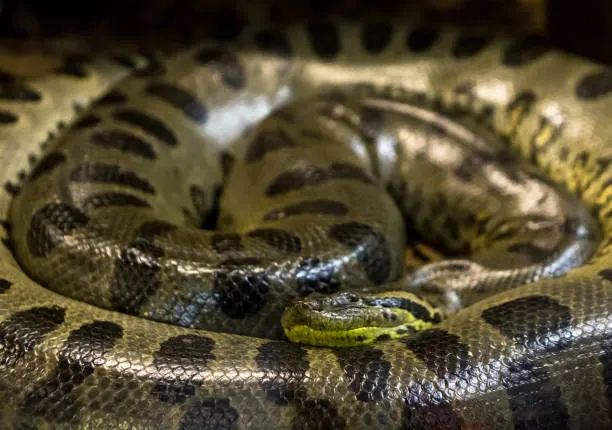
Reaching Incredible Lengths
The Anaconda’s extraordinary length is a key factor in its hunting prowess. Its powerful muscles allow it to coil around its prey, exerting immense pressure that constricts the animal’s lungs and heart, leading to swift and efficient suffocation. This remarkable hunting strategy has earned the Anaconda a reputation as one of the most formidable predators in the Amazon rainforest.
Powerful Muscular Structure
Beneath the Anaconda’s vibrant scales lies a formidable musculature, a symphony of strength and flexibility. Its powerful muscles enable it to propel itself through the water with surprising agility, ambushing unsuspecting prey with lightning speed.
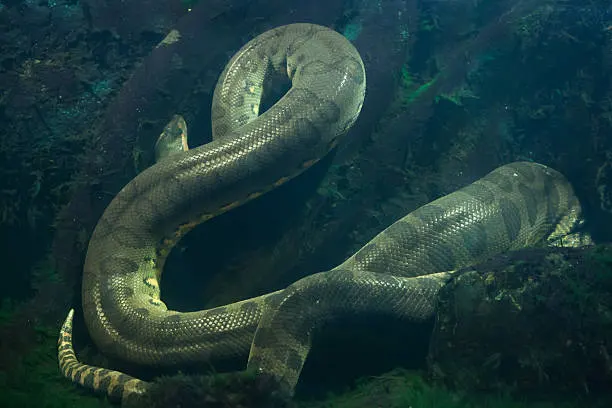
Constricting Hunter
The Anaconda’s hunting prowess is further enhanced by its unique constricting abilities. When it strikes its prey, it wraps its coils around the unfortunate animal, gradually tightening its grip until the prey’s life is extinguished. This method of hunting is both effective and efficient, allowing the Anaconda to subdue even the largest of prey.
Exploring the Anaconda’s Habitat and Distribution
The Anaconda is a creature of the tropics, thriving in the warm, humid environments of South America. Its preferred habitats include the lush rainforests of the Amazon, the slow-moving rivers and swamps of the Pantanal, and the vast savannas of the Gran Chaco.
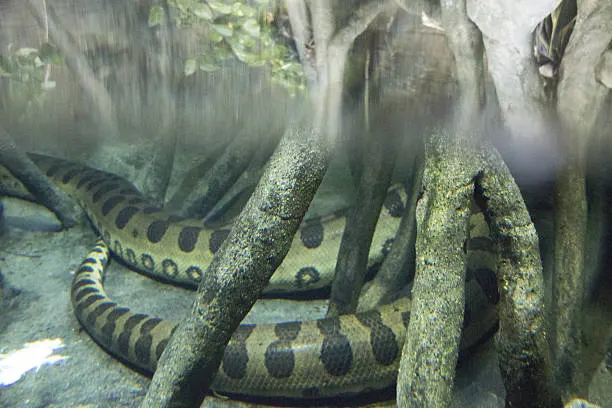
Thriving in Tropical Waters
The Anaconda is an expert swimmer, spending much of its time submerged in the murky waters of its tropical home. Its streamlined body and powerful muscles allow it to navigate with ease, gliding through the water with stealth and grace.
Adapting to Rivers and Swamps
The Anaconda’s versatility extends to its ability to adapt to various aquatic environments. It frequents both fast-flowing rivers and slow-moving swamps, utilizing the dense vegetation and murky waters to its advantage. Its semi-aquatic lifestyle provides it with ample access to prey and refuge from potential threats.
Wide Distribution Across South America
The Anaconda’s range spans much of South America, from the northern reaches of Colombia and Venezuela to the southernmost tip of Paraguay. It is particularly abundant in the Amazon rainforest, where it is a top predator in the complex food web.
From the Amazon to Paraguay
The Anaconda’s adaptability has allowed it to colonize a wide range of ecosystems within South America. It is found in the diverse habitats of the Amazon rainforest, the Pantanal wetlands, and the grasslands of the Gran Chaco, demonstrating its remarkable ability to thrive in different environments.
Delving into the Anaconda’s Diet and Hunting Strategies
The Anaconda is an apex predator, an opportunistic carnivore that consumes a wide variety of prey. Its diet includes fish, birds, caiman, wild boar, and even other snakes.

Carnivorous Predators
The Anaconda’s carnivorous nature is reflected in its sharp, recurved teeth, which are well-adapted for tearing flesh. Its powerful jaws and constricting abilities enable it to overpower even the largest of prey, making it a formidable force in its ecosystem.
Ambushing Their Prey
The Anaconda is a master of ambush, using its stealth and camouflage to its advantage. It often lies submerged in the water, its patterned scales blending seamlessly with the surrounding vegetation. When unsuspecting prey ventures too close, the Anaconda strikes with lightning speed, its powerful muscles ensuring a swift and decisive capture.
Diverse Menu
The Anaconda’s diverse diet is a reflection of its adaptability and the abundance of prey in its tropical habitat. It consumes a wide variety of animals, from small fish and birds to caiman and wild boar. This adaptability ensures that the Anaconda has a reliable source of food throughout the year.
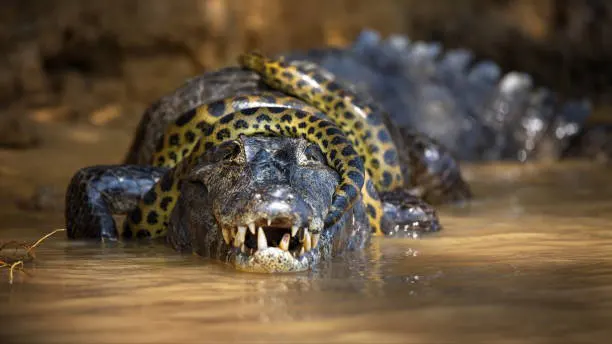
From Fish and Birds to Caiman
The Anaconda’s voracious appetite and opportunistic hunting strategies make it a versatile predator, capable of consuming a wide range of prey. Its diet reflects the abundance and diversity of its tropical habitat, encompassing a variety of species from various ecological niches.
- Fish: Anacondas are opportunistic feeders, readily consuming fish of various sizes, from small, slender fish to larger, more robust species. Their streamlined bodies and powerful swimming abilities allow them to navigate the murky waters of their habitat, ambushing unsuspecting fish with lightning speed.
- Birds: The Anaconda’s stealth and ambush tactics extend to capturing birds that venture too close to the water’s edge. Its powerful muscles enable it to coil around unsuspecting birds, constricting them until they suffocate. Waterfowl, such as ducks and herons, are particularly vulnerable to Anaconda predation.
- Caiman: Anacondas are not afraid to confront even formidable predators like caimans. Their immense size and powerful constricting abilities allow them to overpower even large caimans, demonstrating their dominance in the aquatic ecosystem.
- Wild Boar: Anacondas are not limited to aquatic prey, occasionally venturing onto land to ambush terrestrial animals. Wild boar, particularly young or injured individuals, fall prey to the Anaconda’s powerful jaws and constricting coils.
- Other Snakes: Anacondas are not averse to cannibalism, occasionally preying on smaller snakes, including other anacondas. This opportunistic behavior reflects their adaptability and willingness to consume whatever prey is available.
The Anaconda’s diverse menu underscores its adaptability and ecological significance. Its ability to consume a wide range of prey ensures its survival in the fluctuating conditions of its tropical habitat, further solidifying its position as an apex predator in the complex food web of South America.
Reproduction and Life Cycle of the Anaconda
The Anaconda’s reproductive cycle is unique among snakes, exhibiting ovoviviparity, a form of live birth where eggs develop and hatch within the mother’s body.
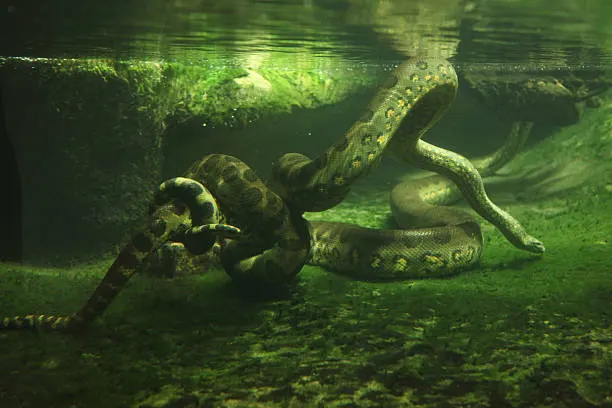
Ovoviviparous Reproduction
Ovoviviparity offers several advantages to the Anaconda in its tropical environment. It allows the mother to protect her developing offspring from predators and environmental hazards. Additionally, the warm, humid environment within the mother’s body provides an ideal incubation chamber for the eggs.
Giving Birth to Live Young
The gestation period for an Anaconda can range from six to eight months. During this time, the mother’s body undergoes significant changes to accommodate the developing embryos. The placenta, a specialized organ that connects the mother to the embryos, provides nourishment and oxygen to the developing young.
Parental Care and Maturation
Unlike most snakes, Anaconda mothers exhibit a degree of parental care. After giving birth to live young, the mother will often remain with her offspring for some time, providing protection from predators and teaching them essential survival skills.
Reaching Maturity in Several Years
Anacondas reach sexual maturity relatively late in life, with females typically maturing at around four to five years of age and males maturing at around two to three years of age. Upon reaching maturity, Anacondas will mate and reproduce, ensuring the continuation of their lineage.
Conservation Status and Threats to the Anaconda
Despite its formidable size and predatory prowess, the Anaconda faces several threats in its natural habitat.
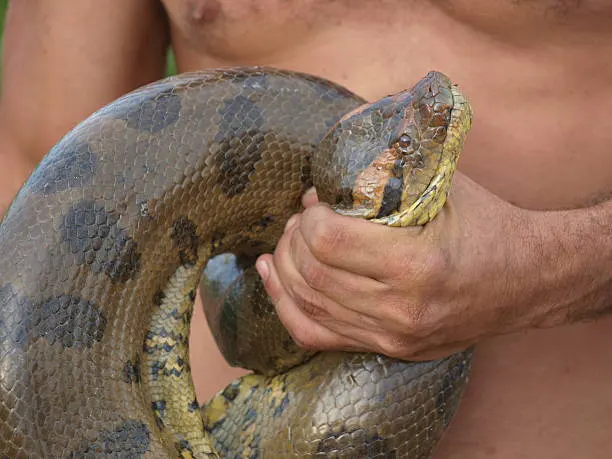
Facing Habitat Loss and Hunting
Habitat loss due to deforestation, agricultural expansion, and urbanization is a major threat to Anaconda populations. As their natural habitats are destroyed, Anacondas are forced into smaller, fragmented areas, making them more vulnerable to predation and human encroachment.
Human Encroachment and Wildlife Trade
In addition to habitat loss, Anacondas are also threatened by human hunting. Their large size and valuable skins make them targets for poachers. Additionally, Anacondas are sometimes captured for the illegal pet trade, where they are often subjected to poor living conditions and inadequate care.
Conservation Efforts Underway
Conservation efforts are underway to protect Anaconda populations and their habitats. These efforts include establishing protected areas, increasing enforcement of wildlife laws, and raising awareness about the importance of Anaconda conservation.
Protecting Anaconda Populations
Protecting Anaconda populations is crucial for maintaining the balance of ecosystems in South America. Anacondas play important roles as predators and prey, and their presence is an indicator of a healthy ecosystem.
Different Species
Green Anaconda
(Eunectes murinus)
The Green Anaconda is the largest and most well-known species in the genus. It is native to the Amazon rainforest and other regions in South America. Known for its impressive size, the Green Anaconda is a powerful constrictor and is often associated with aquatic habitats like swamps and slow-moving rivers.

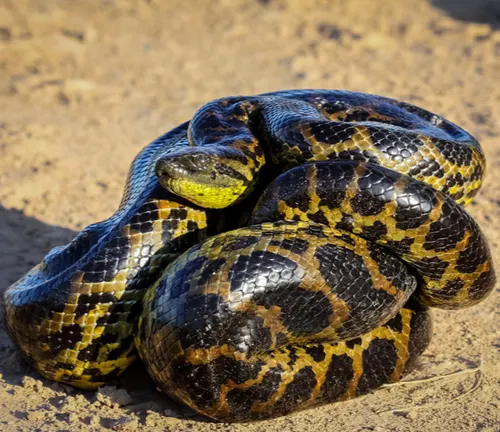
Yellow Anaconda
(Eunectes notaeus)
The Yellow Anaconda is slightly smaller than the Green Anaconda and has a more restricted distribution. It is found in regions of South America, including Paraguay, northeastern Argentina, and southern Brazil. This species is often associated with more open habitats, such as grasslands and marshes.
Dark-Spotted Anaconda
(Eunectes deschauenseei)
Also known as De Schauensee’s Anaconda, this species is found in northeastern South America, particularly in Venezuela and Colombia. It is the least studied and least known among the four recognized species. The Dark-Spotted Anaconda has distinct dark spots on a lighter background.

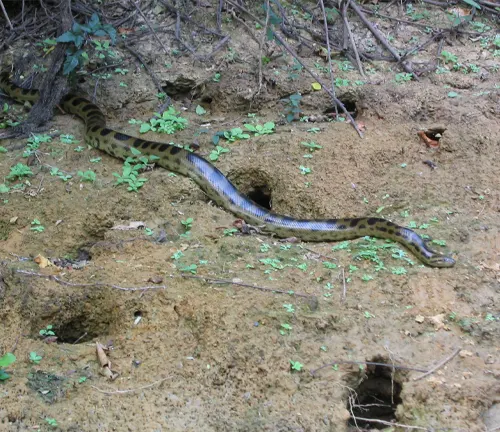
Bolivian Anaconda
(Eunectes beniensis)
The Bolivian Anaconda is the most recently described species within the genus. It is found in parts of Bolivia and shares some similarities with the Green Anaconda. This species contributes to the diversity of anacondas within the South American region.
Conclusion
The Anaconda is a magnificent creature, a symbol of the incredible diversity and resilience of the natural world. Its immense size, predatory prowess, and unique adaptations have earned it a place at the top of the food chain in its tropical habitats. Understanding and appreciating the Anaconda is essential for its conservation and the preservation of the delicate balance of ecosystems.
Frequently Asked Questions (FAQs)
- What is an Anaconda (Eunectes)?
Anaconda (Eunectes) is a genus of large constrictor snakes native to South America. The most well-known species is the Green Anaconda, recognized for its impressive size and powerful constricting abilities. - How big do Anacondas get?
The size of Anacondas varies among species. The Green Anaconda, for example, can reach lengths exceeding 20 feet, making it one of the largest snake species in the world. - Are Anacondas venomous?
No, Anacondas are not venomous. They rely on powerful constriction to subdue and overpower their prey. They lack venom glands typically associated with venomous snakes. - Where do Anacondas live?
Anacondas inhabit various ecosystems, including tropical rainforests, swamps, and rivers in South America. They are often associated with aquatic habitats and are excellent swimmers. - What is the difference between the Green Anaconda and the Yellow Anaconda?
The Green Anaconda (Eunectes murinus) is larger and has a broader distribution, while the Yellow Anaconda (Eunectes notaeus) is slightly smaller and is found in more open habitats such as grasslands and marshes. - Are Anacondas dangerous to humans?
While Anacondas are powerful predators, they are not considered a significant threat to humans. Attacks on humans are rare, and these snakes typically avoid confrontation. - What do Anacondas eat?
Anacondas are carnivorous and have a diverse diet that includes fish, birds, and mammals. Green Anacondas, in particular, are known to take on larger prey like deer and caimans. - Do Anacondas live in groups?
Anacondas are generally solitary snakes, and adult individuals are known to be territorial. However, during the breeding season, multiple snakes may converge in a specific area. - How do Anacondas reproduce?
Anacondas are viviparous, meaning they give birth to live young. Female Anacondas give birth to a brood of relatively large offspring, and the process is essential for the survival of the species. - Are Anacondas endangered?
The conservation status of Anaconda species varies. While some are considered of least concern, others face threats such as habitat loss, hunting, and the illegal pet trade. Conservation efforts are crucial for their protection.



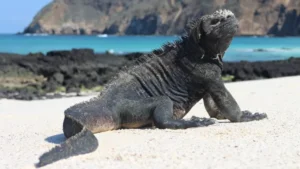



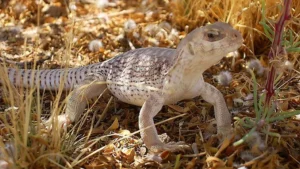

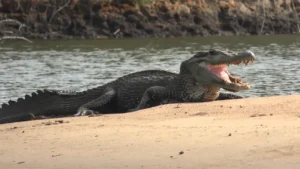
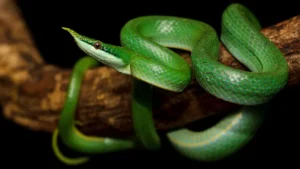

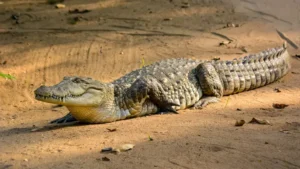
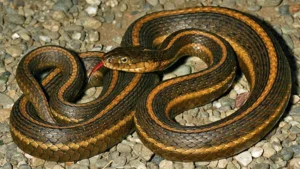
Leave your comment